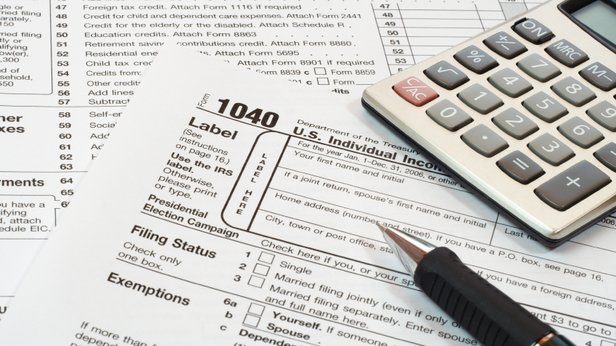
May 27, 2014
In a recent New York Times column, Jared Bernstein, fellow at the Center of Budget and Policy Priorities, argued that if taxes were just a little bit higher, government would finally have the resources needed to end poverty and improve the economy enough to reach full employment. In fact, it is often an argument that the government just needs more revenue and everything will get better. Bernstein even stated that higher taxes are unavoidable.
“To lift the poor, you can’t avoid taxing the rich,” he wrote.
Jason Russell, Research Associate at Economics21, challenges this redistributionist theory, however, in a column of his own. Russell questions the relationship between rising inequality and decreasing mobility and points out how government spending through “stimulus” and aid to the poor has done little to help.
How to Help the Poor Without Taxing the Rich
by Jason Russell
In his latest New York Times column, Center on Budget and Policy Priorities fellow Jared Bernstein made the baseless claim that “to lift the poor, you can’t avoid taxing the rich.” Bernstein not only makes unfortunate policy recommendations, such as a Thomas Piketty-inspired global wealth tax, but also misses the mark on some basic facts.
Here are four things Bernstein gets wrong:
Inequality is up, causing mobility to fall. Bernstein writes, “The rising tide of inequality does more than create great economic distance between income classes. It also produces higher barriers to mobility.”
Bernstein must be thinking of “The Great Gatsby Curve,” created by economists Miles Corak and Alan Krueger. The Curve allegedly proves greater income inequality reduces economic mobility.
However, research by Manhattan Institute senior fellow Scott Winship shows otherwise.
Continue reading Russell’s column at economics21.org.